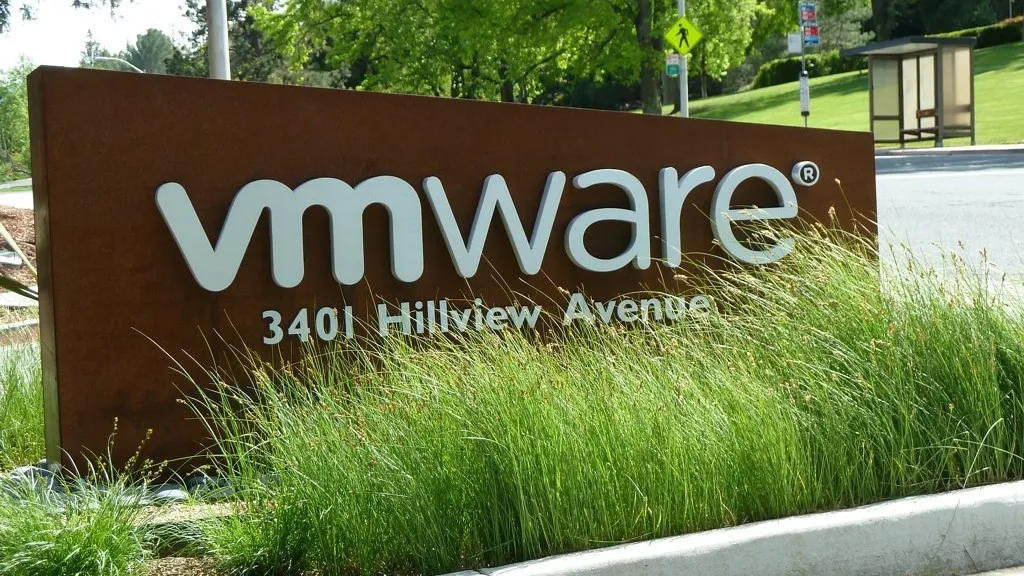Broadcom’s recent acquisition of VMware has brought about significant changes, particularly in the discontinuation of VMware’s partner programs. This move has left a cloud of uncertainty hanging over many partners, potentially impacting tens of thousands of businesses that rely on VMware-related offerings. The transition is scheduled for April 30, 2024, as Broadcom shifts VMware’s partner programs to its Broadcom Advantage Partner Program, which operates on an invitation-only basis.
The lack of transparency regarding the criteria for inclusion in Broadcom’s program has raised concerns and confusion among VMware partners. There are speculations, albeit unconfirmed, that only a limited percentage, possibly around 10%, of the largest VMware cloud service providers will receive invitations. VMware, with approximately 4,000 service provider partners, faces the challenge of navigating this transition.
Broadcom’s emphasis on profitability through simplified bundled offerings and increased service revenue opportunities has triggered questions about the future dynamics between VMware and its partners. This shift follows Broadcom’s substantial $61 billion acquisition of VMware from Dell Technologies, signaling a swift transformation in VMware’s business model. Broadcom has moved decisively to transition VMware into a subscription-based business, ending perpetual license sales in December and implementing job cuts.
One notable impact is Broadcom’s control over an estimated 2,000 of VMware’s top accounts, limiting other companies’ ability to generate revenue from VMware’s significant customers. As the VMware landscape undergoes further changes under Broadcom’s ownership, companies with ties to VMware are advised to anticipate more shifts and carefully evaluate the costs and considerations of maintaining a relationship with Broadcom. The evolving situation underscores the challenges and potential disruptions that can arise in the wake of major acquisitions within the technology industry.
Source: Arstechnica










